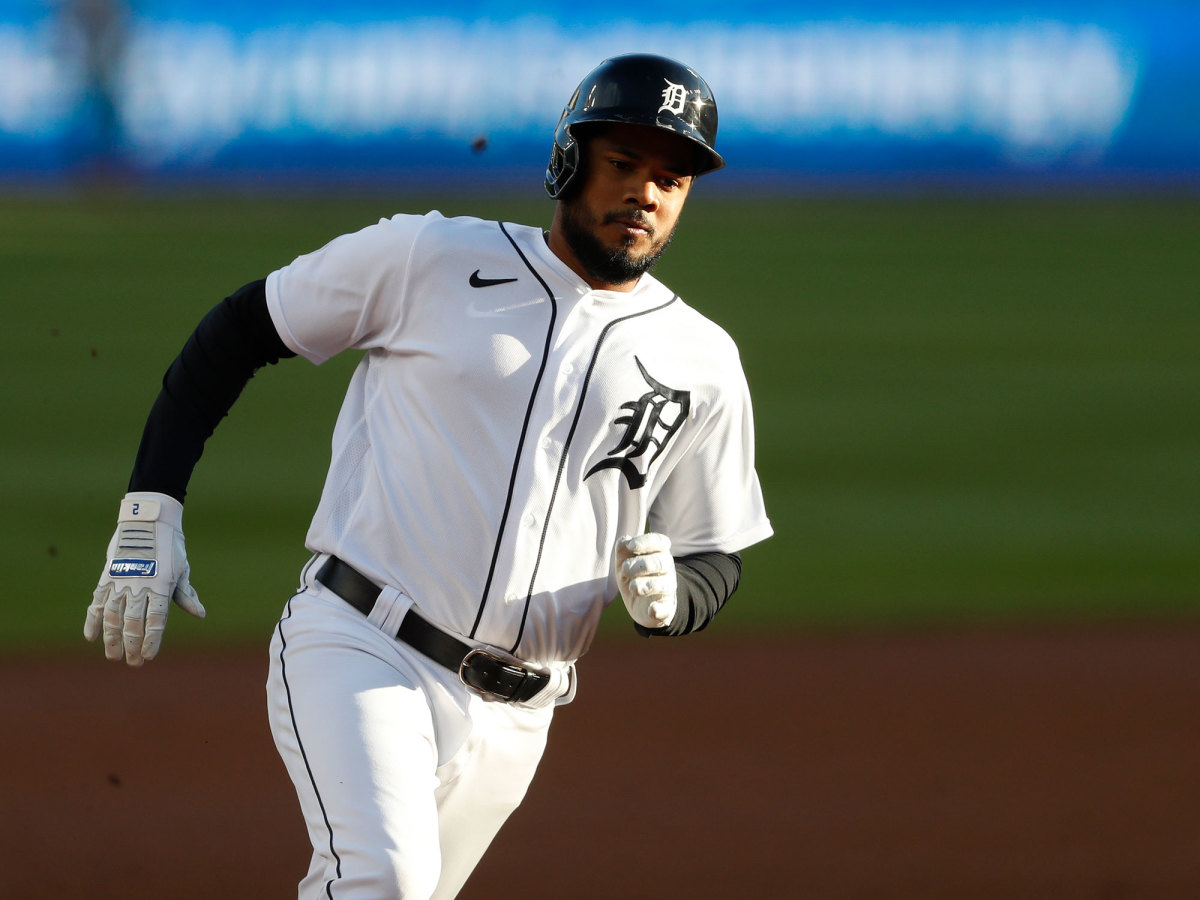What Can We Make of 2020's Surprising Standouts?
The term “small sample size” has become as ubiquitous a term in baseball circles as any other time-worn, manger-speak cliché. In player evaluation, a small sample size can be used to write off a slump or temper reactions to a sudden hot streak.
The 2020 season wasn’t so small a sample size that it can be discarded as insignificant, but it certainly was abbreviated to a severe degree. Players can look quite unlike their usual selves in a span of 60 games. If you pick the right set of 50 games, Mike Trout can look merely above average rather than the game's best player. The smaller the set of data, the less reliable it becomes.
There were a number of players who enjoyed breakout campaigns in 2020, but how much can we rely on what we saw over the course of nine weeks to carry over into the future? Let’s take a microscope to some of last season’s surprise standouts and see who made legitimate changes that are here to stay.
Donovan Solano, 2B San Francisco Giants
Before he arrived in San Francisco and became “Donnie Barrels,” Solano owned a career OPS+ of 76 (24% below average) and hadn’t appeared in a major league game since 2016. In 2019, he hit .351/.378/.487 from June 1 through the end of the season, though was primarily used as a part-time player, making just 37 starts in that span.
That was enough to earn him an everyday role in 2020, and Solano stayed hot. He hit .326/.365/.463 and won the Silver Slugger award in his age-32 season. Is this version of Solano here to stay?
Because he took two years between big league appearances, it’s hard to compare the banjo-hitting version of Solano to what we’ve seen the past two seasons. He had the second highest BABIP (.396) among qualified hitters in 2020, though his hard-hit rate (34.9%) ranked in the 21st percentile. Solano’s isolated power was a meager .137, so much of his production is tied to singles. It seems those singles have been falling in at an unsustainable rate, so while Solano’s role as an everyday player appears safe, it’s unlikely he’ll continue to contend for batting titles in the near future.
Dylan Bundy, SP, Los Angeles Angels
A former No. 4 pick, Bundy appeared to be settling in as an uninspiring innings-eater in Baltimore. He made 89 starts from 2017-19, posting a 4.83 ERA and 4.76 FIP. A change of scenery did wonders for the righthander, as he immediately fulfilled his potential with the Angels.
A peak under the hood reveals that the catalyst for Bundy’s mid-career breakout was pretty simple: fewer fastballs. In 2019 and 2018, he threw his fastball 42.4% and 47.8% of the time, respectively. Opposing hitters punished his heater, hitting .335 against the pitch in 2019 and .303 off it in 2018. Last season, Bundy threw fastballs a career-low 33.6% of the time and slower than in years past (90.0 mph), with much greater success. He upped his changeup usage as well, and his slider remained elite, allowing a .138 batting average against.
Talent has never been a question with Bundy, and given how straightforward his main adjustment appears to be, he should be primed for another strong season in 2021 and set himself up for a nice payday as a free agent next winter.

Jeimer Candelario, 1B/3B, Detroit Tigers
Once a top-100 prospect, Candelario had struggled to put it all together in the big leagues heading into last season. Since debuting with the Cubs in 2016, Candelario hit .223/.318/.375 in more than 1,100 plate appearances. But he emerged as a bright spot for the lowly Tigers in 2020, posting a 135 OPS+ in 52 games.
Candelario’s biggest improvement came against off-speed pitches, which Statcast categorizes as changeups, splitters, forkballs and screwballs (though the latter two are rarities). Candelario hit .303 against off-speed pitches last season with an expected batting average of .359, shoring up a glaring weak spot in his approach. He had a hard time with breaking balls (sliders and curveballs), but the strides made against off-speed pitches made him a significantly tougher matchup against opposing pitchers.
Candelario ranked in the 70th percentile or better in average exit velocity (90.2 mph), hard-hit rate (47.1%) and expected slugging percentage (.469). Now that he’s not just a fastball hunter, expect him to continue to progress as a hitter and remain productive moving forward.
Dylan Moore, UT, Seattle Mariners
Moore had played four minor league seasons for three different franchises by the time the Mariners signed him ahead of the 2019 season. He hit .206/.302/.389 in 113 games that year while striking out in a third of his plate appearances and was caught stealing nine times in 20 attempts.
That woeful year to forget is what makes Moore’s strong 2020 campaign so surprising. Never viewed as a top prospect, Moore played in 38 games (28 starts) and hit .255/.358/.496, displaying the power and on-base skilled he showed in college. His defensive versatility added to his value too, as he made appearances at seven different positions.
Offensively, though, there are some big question marks. Moore crushed fastballs last season but was awful against breaking balls and off-speed pitches, whiffing at a rate of nearly 40%. Unless he’s able to make massive strides in that department over the course of the offseason, expect pitchers to alter their approach to exploit Moore’s weakness more effectively in 2021 and limit his production. He can still be a valuable player for Seattle, but don’t bet on a repeat of his 139 OPS+ from a season ago.
